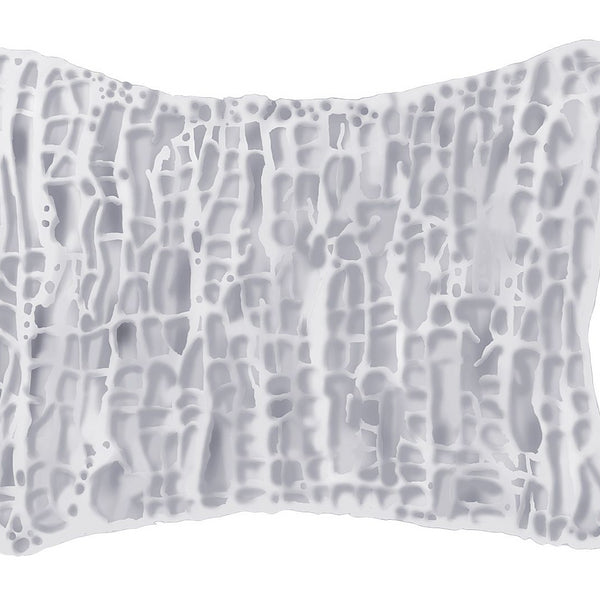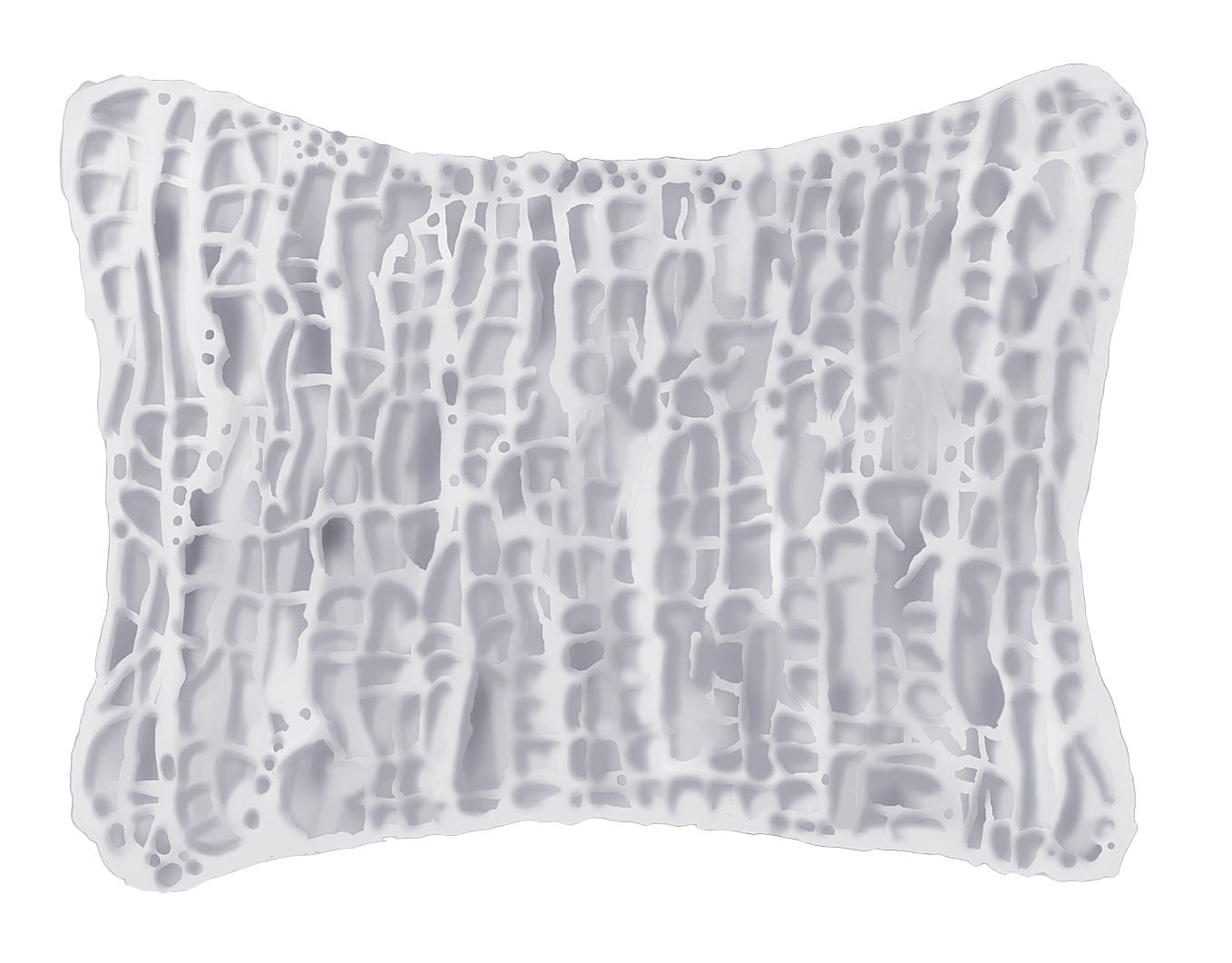Osteoporosis

Osteoporosis: Fragile & Weak Bones

The skeletal system is the scaffold of the human body. It provides a rigid structure to our bodies and serves as a protective shell for delicate soft tissues and organs. The skeletal system is a robust collection of bones that are constantly renewed with calcium phosphate.
Some patients experience an excessive decrease in bone density and often develop porous bones prone to fractures and injury. Doctors refer to this condition as Osteoporosis.
Causes of Osteoporosis
Osteoporosis is a metabolic disease of the bones. The commonly known causes of the condition include:
- An imbalance between the formation of new bone and resorption of old bone. This leads to a drop in bone density and increased porosity of the bones.
- Lack of certain hormones, especially estrogen in women and androgen in men, typical in people with aging (for example, hitting menopause in women results in lowered levels of estrogen) can lead to developing osteoporosis.
- Lack of or deficiency of enough calcium in a patient’s diet can lead to insufficient minerals to reinforce the bones. The body may also leech calcium from the bones to maintain healthy blood calcium levels. Similarly, unhealthy diets and acidic foods can also leech calcium from the bones and can lead to osteoporosis.
- Certain diseases and conditions can lead to porosity in bones. For example, thyroid problems, bone cancer, rheumatism and genetic disorders.
- Overuse of corticosteroids.
- A history of osteoporosis in the family.
- Unhealthy lifestyle choices like smoking, heavy alcohol consumption accompanied by a lack of exercise.
Osteoporosis Symptoms

Osteoporosis is a rather tricky disease to diagnose. The initial symptoms often mask as natural pains and aches due to progressed age. At the onset, there is no pain and hardly any symptoms on the outside. Some of the most commonly associated symptoms with Osteoporosis include:
- Patients often complain of weakness in the back. The feeling is a generalized feel in the entire back and cannot be localized.
- Loss of bone density and developing porous bones that are brittle.
- There is a slight pain in the back in the initial stages of the condition.
- The disease is hard to detect tends to progress. In advanced stages, there is persistent pain in the back, and it begins to spread to other bones through the entire skeletal system.
- There is an increased risk of fractures and injury. Simple activities like everyday movement, heavy sneezing or heavy lifting can lead to a fracture. For example, a vertebral fracture can result in loss of body height or developing a hunched back.
- The psychological impact of Osteoporosis restricts patients from moving too much and can, in turn, lead to a loss in muscle density due to inactivity. The weak muscles further increase the risk of injury, and thus begins a vicious cycle of injury and degeneration.
- Chronic cases of Osteoporosis are very difficult to treat. Loss of bone density is hard to reverse, and it can lead to permanently restricted mobility. There is a significant impact on a patient’s quality of life.
It is highly recommended that immediate medical attention be sought at the first sign of symptoms. It is also recommended to conduct tests to diagnose the condition on a regular basis from the age of 50.
Osteoporosis can lead to porous bones through the body and depending on the area, can lead to developing associated symptoms. For example, the weakness of the rib cage can hamper the functioning of the lungs and result in shortness of breath. The condition also exposes other systems to the possibility of increased pressure, bleeding and inflammation.
Diagnosis of Osteoporosis
A complete medical history and physical examination is a good place to start and it gives the medical professional a good idea of the risk factors involved. It is crucial to measure bone density and track it to diagnose Osteoporosis. Doctors achieve this with the so-called T-value by means of imaging technology like X-rays.
According to the definition of the World Health Organization (WHO), a diagnosis of Osteoporosis can be made if the T-value is at least 2.5 standard deviations below that of a healthy 30-year-old of the same sex. If the measurement results in a T value that is greater than -1, the bone density is in the normal range. If the T-Value lies between -1 and -2.5, doctors may diagnose osteopenia or bone poverty which is a preliminary stage of osteoporosis.
Treatment for Osteoporosis
TIn most cases, treatment for osteoporosis is conservative. An effective guideline includes:
-
Prescription Painkillers
Patients with Osteoporosis experience pain and discomfort due to the condition. Prescribed painkillers like Ibuprofen can help manage the pain and provide some relief. In cases of significant associated swelling, anti-inflammatory medication is used accordingly.
Prescribed Physiotherapy

Rehabilitation through regular physiotherapy is very important to curb the progression of Osteoporosis and prevent muscle breakdown due to inactivity. Prescribed physiotherapy, with the use of targeted exercise, can help strengthen the muscles that have lost stability. It helps a patient regain mobility and relief from discomfort.
Surgical Intervention

Surgical intervention is necessary in cases where conservative means have failed, and an operation is necessary to relieve symptoms. In cases of severe fracture which is fairly common in patients with advanced cases of osteoporosis, surgery is essential to relieve pain and prevent consequential damage.
It can be advantageous to seek surgery to prevent long periods of recovery time from a fracture and can help prevent loss of muscle. Patients opting for surgery can prevent loss of stability due to prolonged fixation or long periods of being bedridden.
Since surgical operations related to osteoporosis are major interventions, the operations also require the patient to be in good health. The duration of the operation (several hours), medication under anesthesia and heavy bleeding can be too much physical strain, especially for very old people.
Every intervention involves various operational risks. The larger and more complex the operation, the greater the risk of complications.
Osteoporosis can have serious consequences for the bones. It is therefore important to counteract bone loss with preventive measures.
Medical Back Braces & Supports
Medical back orthosis are instrumental in both preventative and treatment of Osteoporosis in the spine. Bauerfeind offers premium braces like the DorsoTrain that provide ample support to the spine and helps keep the upper body upright.
The brace features a plastic rail that can be adjusted to correct posture and encourage healthy proprioception. It can be instrumental in preventing the formation of a rounded back and avoiding serious complications of long term degeneration.

In more advanced cases, vertebral fractures might result in the development of a rounded back and medical Orthosis like the Spinova Osteo or SofTec Dorso can be a perfect solution. The reinforced aluminum rods provide stability and encourage a healthy body posture.

A tension belt system and a deep seated pelvic support allow the Spinova Osteo to snugly fit the patient’s back and effectively relieve the back of all stress. The brace encourages muscle activation and can greatly reduce discomfort and pain.
The additional support provided to the pelvis, provides stability and can help minimize the risk of falls. The breathable and skin-friendly material makes it perfect for daily use and is highly recommended for a swift recovery.
Read more about orthosis you can use for osteoporosis.
Please e-mail us at info@bauerfeind.com.au or call 1300 668 466 to order the Softec Dorso or Spinova Osteo. You may also book a video consultation with a Bauerfeind expert here.
Do you have private health? Most private health extras will cover Bauerfeind Products, check to see if yours is included. Bauerfeind Private Health Insurance Inquiry.




